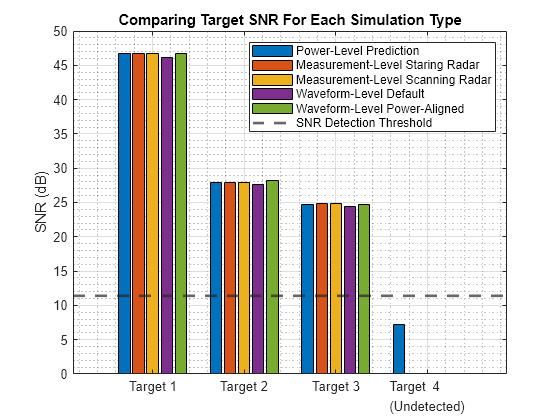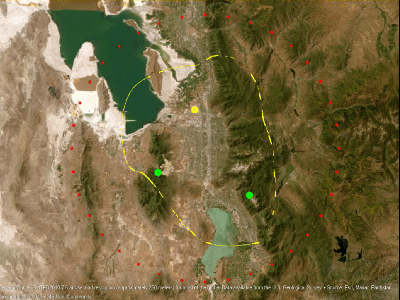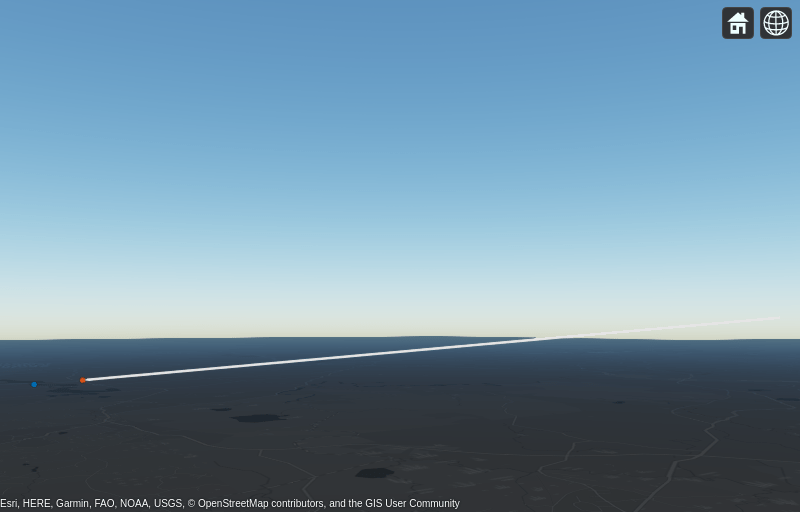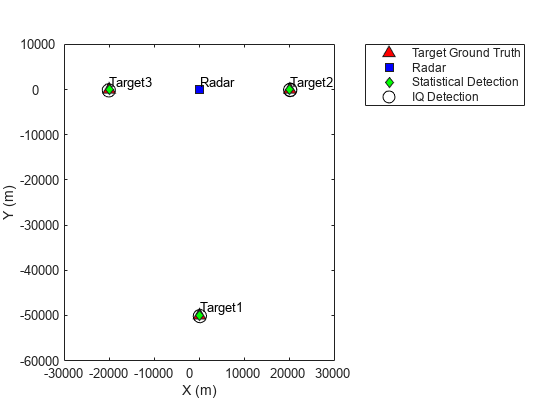Data Synthesis
Simulate radar data at different levels of abstraction–probabilistic or physics-based. For faster simulations, generate probabilistic radar detections and tracks to test tracking and sensor fusion algorithms. For higher fidelity physics-based simulations, model transmitted waveforms that propagate through the environment, reflect off targets, and are received at the radar. Transition from probabilistic models to the physics-based models programmatically. Simulate multipath propagation, clutter, interference, and target echoes. Define targets as simple geometric shapes or complex structures such as a walking pedestrian or a moving bicyclist. Model both active and passive sensors that scan mechanically or electronically in azimuth and elevation. Extract micro-Doppler signatures to classify radar detections and tracks.
Categories
- Power-Level Simulations
System design, signal-to-noise ratio (SNR), radar cross section (RCS), environmental propagation losses, predicted probability of detection
- Measurement-Level Simulations
Probabilistic detections, clutter, false alarms, target tracks, SNR, processing chain gains and losses, measurement error
- Waveform-Level Simulations
High-fidelity simulations, signal generation, environmental echoes, target returns, micro-Doppler signatures, algorithm testing





